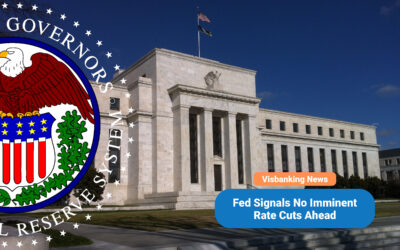Estimated reading time: 2 minutes
Financial regulators responded to Silicon Valley Bank’s (SVB) recent collapse by announcing that they have shut the bank down. The decision was made by the California Department of Financial Protection and Innovation, which announced the news on March 10. Those regulators have named the Federal Deposit Insurance Corporation (FDIC) as receiver.
In a press release published on Friday, the FDIC confirmed that it has created the Deposit Insurance National Bank of Santa Clara (DINB) to ensure the protection of insured depositors. The FDIC also tried to reassure those insured depositors by announcing that they will regain access to their insured deposits by “no later than Monday morning, March 13, 2023.” In addition:
“The FDIC will pay uninsured depositors an advance dividend within the next week. Uninsured depositors will receive a receivership certificate for the remaining amount of their uninsured funds. As the FDIC sells the assets of Silicon Valley Bank, future dividend payments may be made to uninsured depositors.”
The collapse of SVB
The regulatory move to shut down SVB caps a tumultuous week for the bank. On Wednesday, news broke that SVB was attempting to raise roughly $2 billion in capital, citing client cash burn. According to some reports, the bank’s tech-industry client firms have drawn down their deposits as rising interest rates and a slowing initial public offering environment have inhibited their ability to raise cash.
The bank also revealed on Wednesday that it had suffered a $1.8 billion loss in a $21 billion securities sale conducted as part of an effort to raise capital and adjust its balance sheet. The repositioning attempt was designed to move toward short-term assets that would be less impacted by additional interest rate hikes.
Markets responded to the news by selling off SVB shares on Thursday, causing shares to drop by 60%. That drop was followed by another 60% decline on Friday, in premarket trading which was soon suspended.
Silicon Valley Bank reported total assets of about $209 billion at the end of 2022. It held more than $175 billion in deposits for its customers. Its failure makes it the first FDIC-insured financial institution to fail since October 2020, and the largest bank to fail since 2008.




